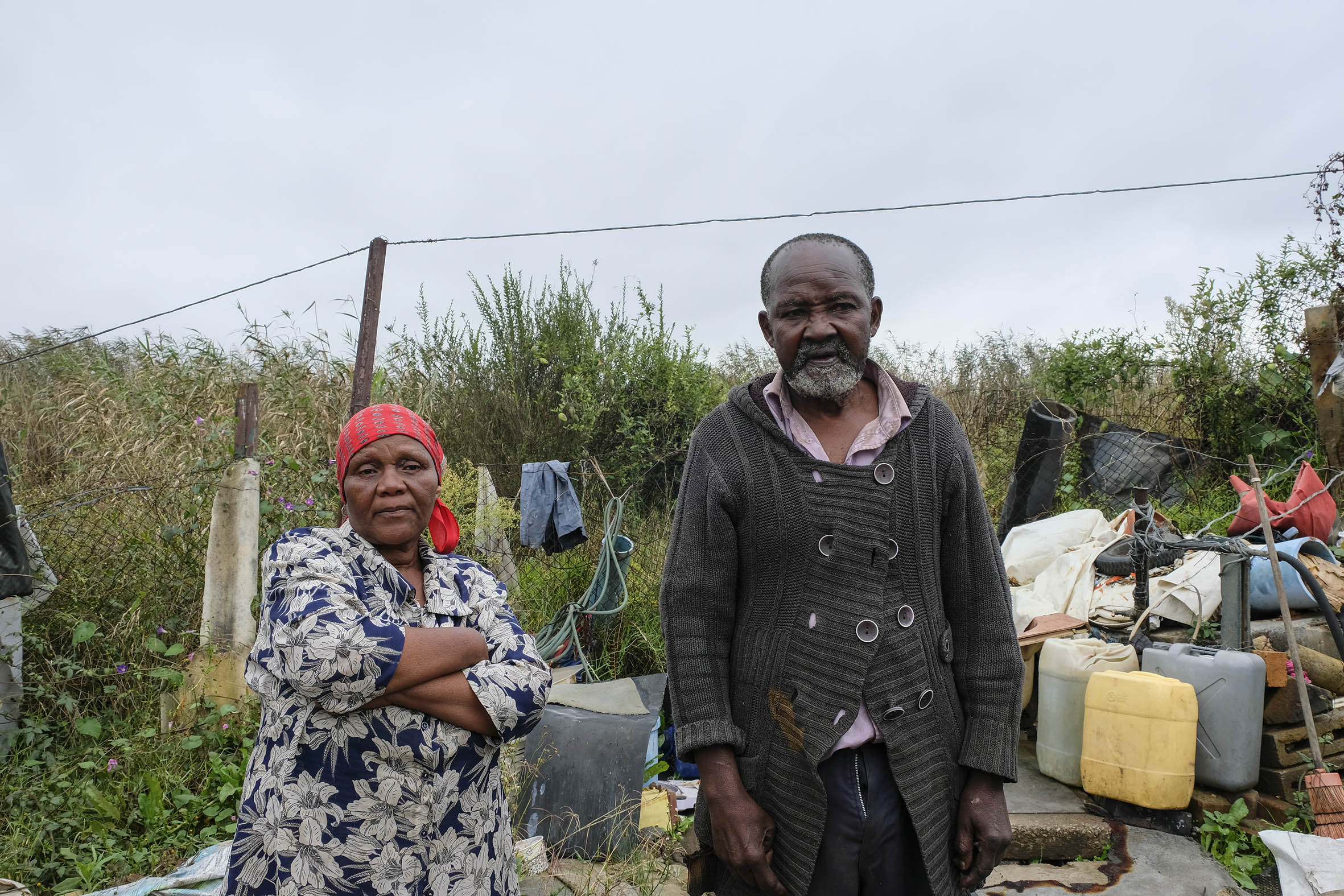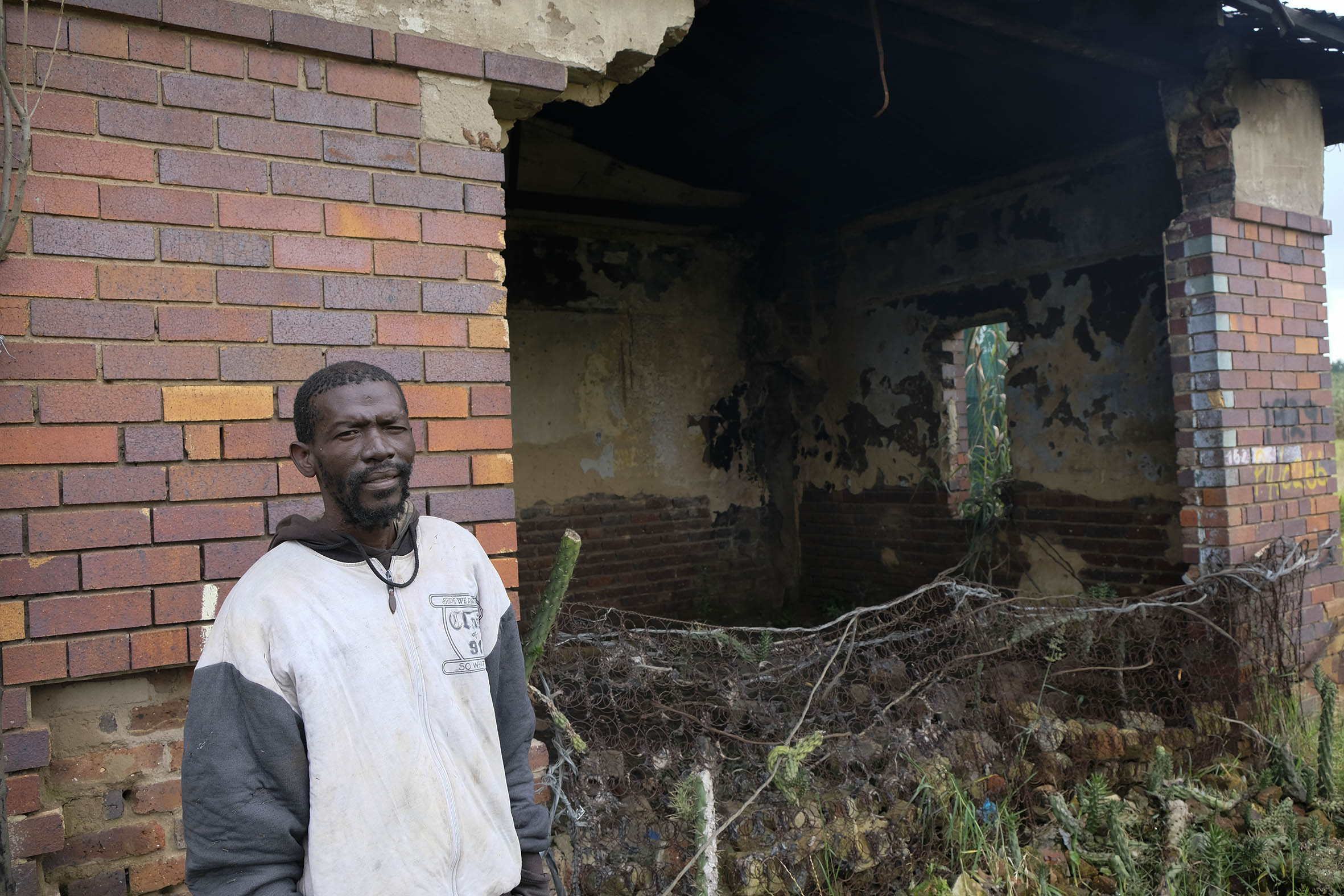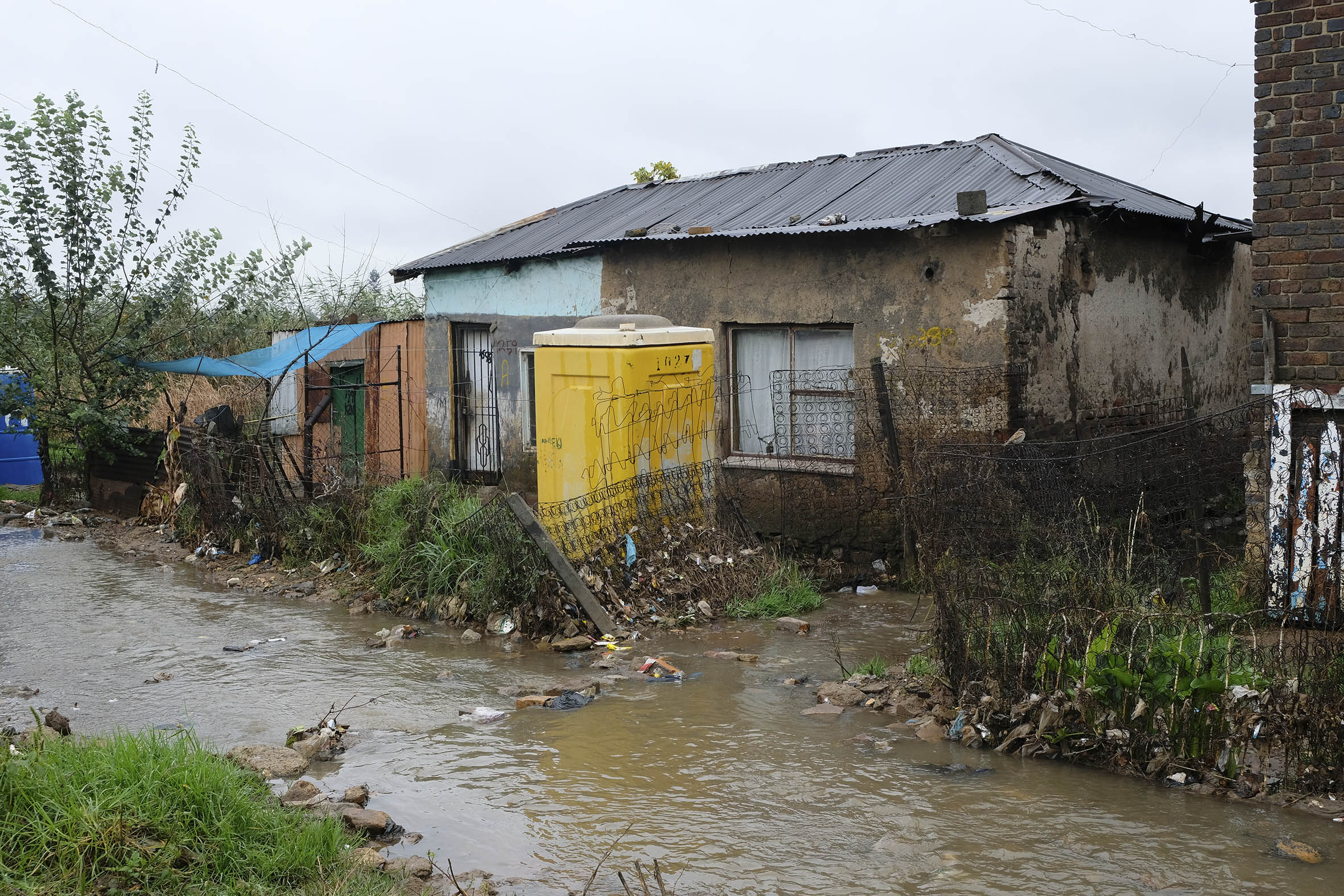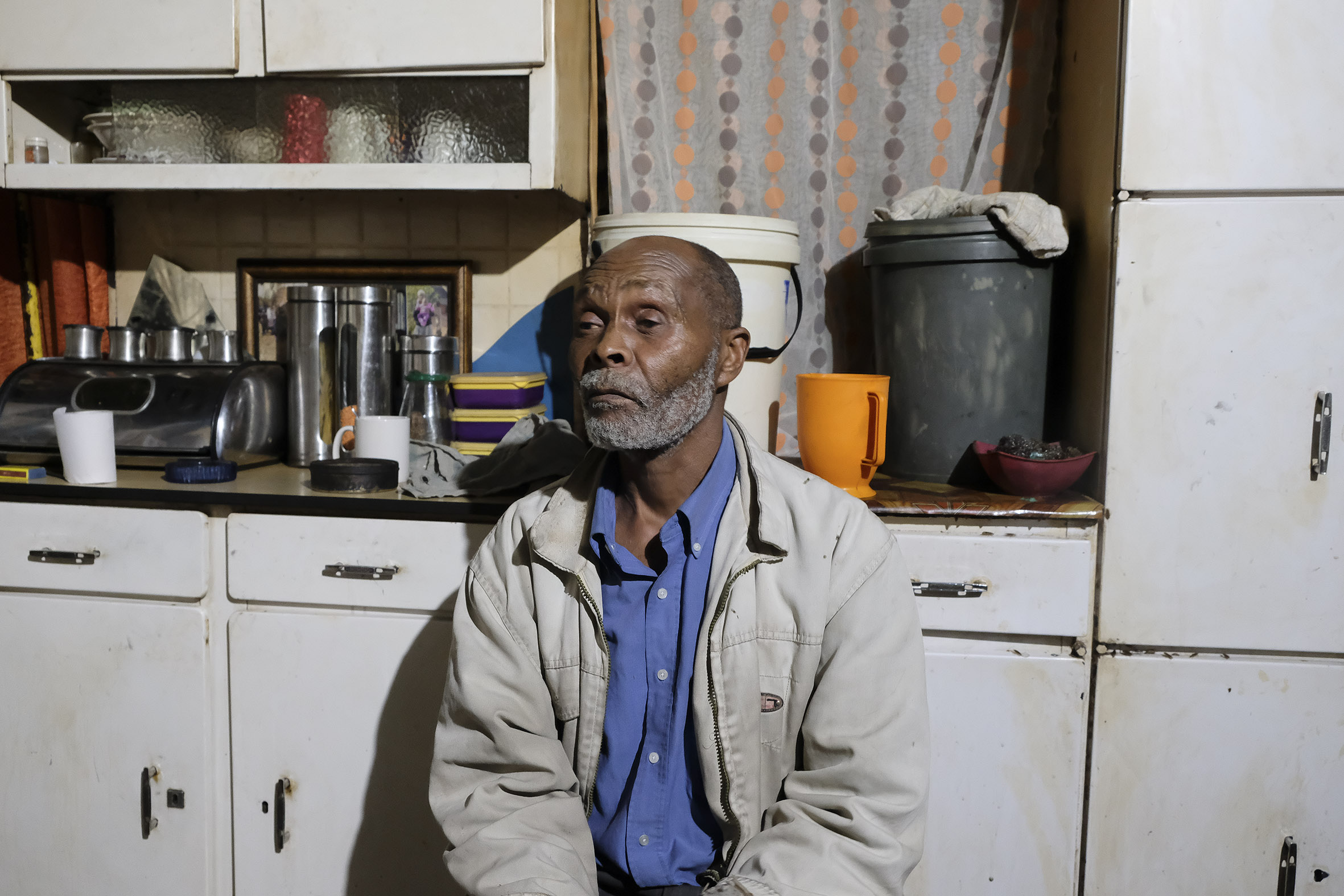Easter rains expose Joburg’s rapid sinking into decay
In impoverished neighbourhoods to the south of the city, the devastation of heavy rains is all too familiar. So is the reality that not much ever gets done to mitigate it.
Author:
19 April 2022

Continuous rain settled over Johannesburg over the Easter weekend, a week after devastating floods began in KwaZulu-Natal. The wet weather brought fresh turmoil to many of the residents living in impoverished neighbourhoods to the south of the city.
People in Kliptown, built in the oldest part of Soweto along the banks of a tributary of the Klip River, hurried to stack television sets, radios, clothes and documents on top of their beds. “You see what is happening in Natal?” asked Florence Mcunu, 60, referring to the floods that have by now claimed more than 440 lives and destroyed at least 4 000 homes in that province. “We saw it and became very scared. We live by the river. That is going to happen to us too.”

Having lived in the low-lying areas of Kliptown – what residents refer to as Sdiki (lower part) – for over 50 years, Mcunu and her husband, Humphrey, 75, are veterans of more floods than they care to recall. They are near enough to the river that, during heavy rains, the water comes from all directions. It runs downhill, rises from the river banks and seeps up through the earth. On more than one occasion, they have been rescued from their home by boat.
Winters on the highveld are ordinarily bone dry. But early forecasts suggest the script might be flipped this year with a wetter than usual winter on the cards. The La Niña weather pattern has already delivered a rain-soaked first third of 2022. Now a cut-off low pressure system – the same one that has since been named Subtropical Depression Issa and caused the KwaZulu-Natal flooding now thought to be the world’s deadliest natural disaster on record for the year so far – is adding to the wet conditions.

Relentless cycle
But if the floods in KwaZulu-Natal, which were precipitated by six months’ worth of rain falling in two days, were brutally sudden, Johannesburg’s Easter rains slowly and steadily revealed vulnerabilities to natural disasters that have become all too familiar for many. In the wake of the KwaZulu-Natal floods, the Durban-based shack dwellers’ movement Abahlali baseMjondolo condemned the long-standing living conditions in shack settlements as “dangerous as well as undignified”.
One of the Kliptonians gathering his belongings in the face of Johannesburg’s rains was the Mcunus’ neighbour, Tebogo Nkadu, 39. For the recycler, one of three living in a building now almost entirely destroyed by regular flooding, it is nothing new. At least twice a year, said Nkadu, the flooding in the Sdiki area is bad enough that he loses most of his belongings and is forced to “start everything again”.
On another Klip River tributary a little to the south of Kliptown, parts of Slovo Park, a shack settlement of more than 10 000 people, were made impassable by the rain. For Michael Veldman, 63, a blind man who has lived in Slovo Park for nearly two decades, the rains present unique challenges.

Veldman has an encyclopaedic knowledge of Johannesburg’s geography. He is able to recall in unerring detail endless street corners, bus stops, or the first names of shop assistants. But when it rains, he is unable to make it two streets away from his home. With Slovo Park’s unpaved streets and sidewalks turned to marshes and rivers, the settlement’s geography changes subtly during the rain. And after each downpour, Veldman must learn it anew.
The slow violence of Johannesburg’s Easter rains was nothing new to the people living in impoverished neighbourhoods. But early signs are that, in 2022, they will have to contend with it more regularly than ever before.

